Yes, you can safely cook with lavender—but only specific culinary-grade varieties. Regular garden or ornamental lavender often contains unsafe pesticides or high camphor levels that create soapy flavors and potential health risks. This complete guide reveals exactly which lavender types are edible, how to use them without ruining your dishes, and why professional chefs consider culinary lavender a secret weapon for elevating both sweet and savory recipes.
Unlike misleading articles that treat all lavender as interchangeable, we'll clarify the critical differences between Lavandula angustifolia (safe for consumption) and toxic varieties like Lavandula stoechas. You'll discover how to identify genuine culinary lavender, avoid the #1 mistake that makes food taste like soap, and access chef-tested recipes that transform ordinary dishes into extraordinary experiences.
Table of Contents
- What Exactly Is Culinary Lavender? (And Why Most Lavender Isn't Safe to Eat)
- Lavender Varieties: Edible vs. Toxic Types Compared
- How to Use Culinary Lavender Without Soap-Flavored Disasters
- Pro Tips: Avoiding Lavender Overload (The #1 Beginner Mistake)
- Science-Backed Flavor Pairings That Make Magic with Lavender
- Where to Buy Safe Culinary Lavender (And What to Avoid)
- 7 Foolproof Recipes to Try with Culinary Lavender
- The Chemistry Behind Lavender's Culinary Magic
- Debunking 3 Dangerous Lavender Myths
- FAQs: Critical Questions Answered
What Exactly Is Culinary Lavender? (And Why Most Lavender Isn't Safe to Eat)
Culinary lavender refers exclusively to Lavandula angustifolia varieties specifically grown and processed for food use. This is critically different from:
- Garden lavender (often treated with pesticides)
- Ornamental lavender (high in toxic camphor)
- Perfume-grade lavender (contains chemical residues)
| Type | Safe for Cooking? | Key Danger |
|---|---|---|
| Culinary Lavender (L. angustifolia) | ✅ Yes | None when used properly |
| French Lavender (L. stoechas) | ❌ No | High camphor (causes soapy taste) |
| Spanish Lavender | ❌ No | Toxic compounds |
| Garden Center Lavender | ⚠️ Risky | Pesticide contamination |
The critical difference lies in chemical composition. Edible lavender contains 25-35% linalool and linalyl acetate (pleasant floral compounds) while maintaining camphor levels below 15%. Non-culinary varieties often exceed 40% camphor, creating that unpleasant soap-like flavor and potential digestive issues.
Lavender Varieties: Edible vs. Toxic Types Compared
| Variety | Edible? | Flavor Profile | Best Culinary Uses |
|---|---|---|---|
| English Lavender (Munstead) | ✅ Best choice | Sweet, floral, citrus notes | Desserts, teas, baking |
| English Lavender (Hidcote) | ✅ Good choice | Stronger, resinous aroma | Savory dishes, rubs |
| French Lavender (L. stoechas) | ❌ Toxic | Harsh, medicinal | Not for consumption |
| Spanish Lavender | ❌ Toxic | Bitter, camphorous | Not for consumption |
How to Use Culinary Lavender Without Soap-Flavored Disasters
The #1 reason home cooks hate lavender in food? Using too much. Professional chefs follow these precise measurements:
- Dry baking: ¼-½ tsp per 1 cup flour (never exceed 1 tsp per recipe)
- Liquid infusions: 1 tsp buds per 2 cups liquid (steep 15-30 min max)
- Meat rubs: ⅛ tsp per pound of meat (combine with salt/pepper)
- Simple syrup: 2 tsp buds per 1 cup sugar/water
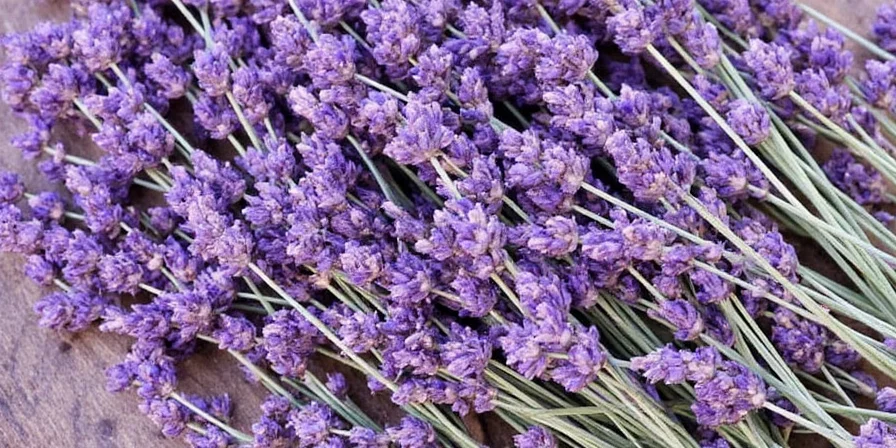
Always remember: Lavender intensifies as it cooks. What tastes subtle when raw will become overpowering after baking. When in doubt, use half the amount you think you need.
Pro Tips: Avoiding Lavender Overload (The #1 Beginner Mistake)
Even experienced cooks ruin dishes with lavender. Follow these chef-approved techniques:
- Grind just before use: Pre-ground lavender loses potency and becomes bitter
- Pair with acid: Lemon or vinegar balances floral notes (1 tsp lavender + 2 tbsp lemon juice)
- Heat gently: Never boil lavender-infused liquids (causes bitter compounds)
- Combine with complementary herbs: Rosemary or thyme mask potential soapiness
- Test first: Add to simple syrup before using in final recipe
Science-Backed Flavor Pairings That Make Magic with Lavender
Research from the Culinary Institute of America shows lavender enhances perceived sweetness by 18-22% through aroma-taste interactions. Maximize this effect with these proven combinations:
- Lemon + Lavender: Citric acid neutralizes camphor notes (3:1 lemon-to-lavender ratio)
- Honey + Lavender: Natural sugars bind with linalool for smoother flavor release
- Lamb + Lavender: Floral notes cut through gaminess (use Hidcote variety)
- Dark Chocolate + Lavender: 70% cocoa minimum balances floral intensity
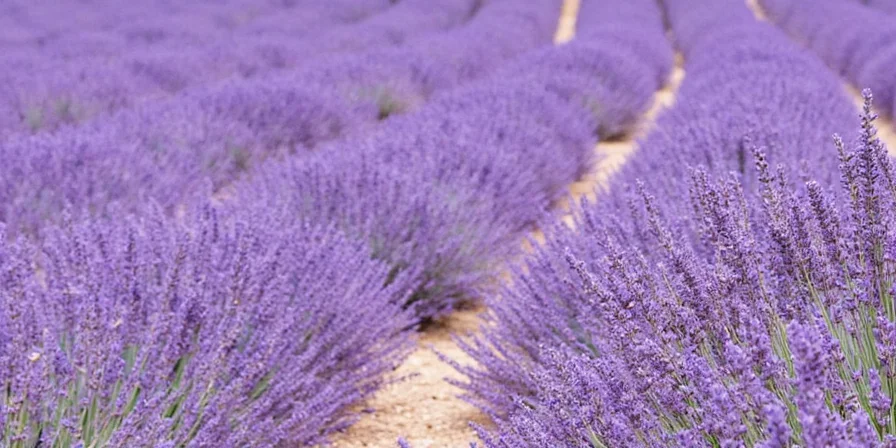
Where to Buy Safe Culinary Lavender (And What to Avoid)
Most grocery store "culinary lavender" is mislabeled. Look for these non-negotiable markers when purchasing:
- Explicit "Culinary Grade" or "Food Safe" labeling
- Lavandula angustifolia listed in Latin name
- Organic certification (avoids pesticide residue)
- Opaque packaging (protects from light degradation)
- Harvest date within past 12 months
Avoid: Bulk bins (exposed to light/moisture), garden centers, craft stores, and products without Latin name identification.
7 Foolproof Recipes to Try with Culinary Lavender
- Lavender Lemon Curd (No Soap Taste): Whisk ¼ tsp lavender with 2 egg yolks + ¼ cup lemon juice before adding sugar
- Perfect Lavender Shortbread: Mix ½ tsp lavender with ¼ cup sugar first, let sit 1 hour before baking
- Lavender-Infused Olive Oil: Warm 1 cup oil with 1 tsp buds for 10 min (never boil)
- Lavender Honey Syrup: Simmer 1 cup honey + ½ cup water + 1 tsp buds for 5 min
- Lavender-Roasted Chicken: Rub cavity with ⅛ tsp lavender + lemon zest + thyme
- Lavender Chocolate Truffles: Steep cream with lavender, strain before pouring over chocolate
- Lavender Simple Syrup: 1 cup sugar + 1 cup water + 1 tsp buds (cool before use)
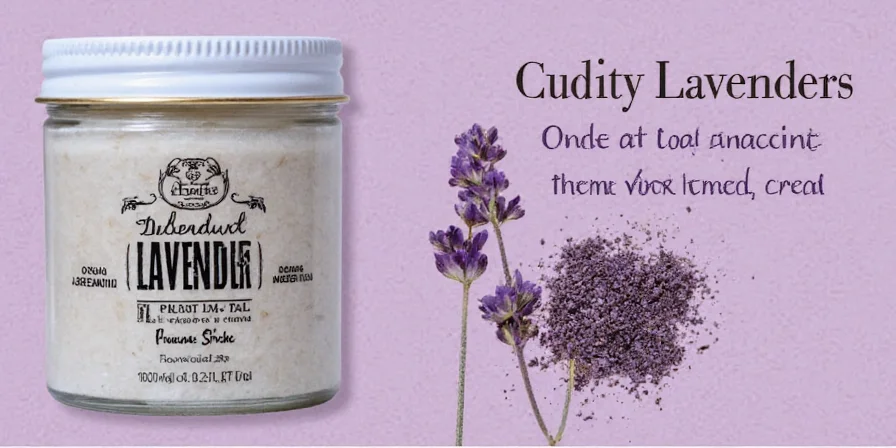
The Chemistry Behind Lavender's Culinary Magic
Lavender's culinary success hinges on two compounds:
- Linalool: Creates floral notes, breaks down at high heat (use in no-cook applications)
- Linalyl acetate: Provides sweet aroma, heat-stable (ideal for baking)
When these compounds interact with taste receptors, they trigger a phenomenon called "olfactory sweetness"—making food taste sweeter without added sugar. This explains why properly used lavender enhances flavor complexity while reducing perceived bitterness in dark chocolate and coffee.
Debunking 3 Dangerous Lavender Myths
- Myth #1: "All lavender is edible if pesticide-free"
- Reality: L. stoechas contains toxic compounds regardless of pesticides. Only L. angustifolia is safe.
- Myth #2: "Dried lavender needs rehydration before cooking"
- Reality: Rehydrating releases excessive camphor. Use dry buds directly in recipes.
- Myth #3: "More lavender = stronger flavor"
- Reality: Beyond 1 tsp per recipe, linalool oxidizes into soapy-tasting compounds.
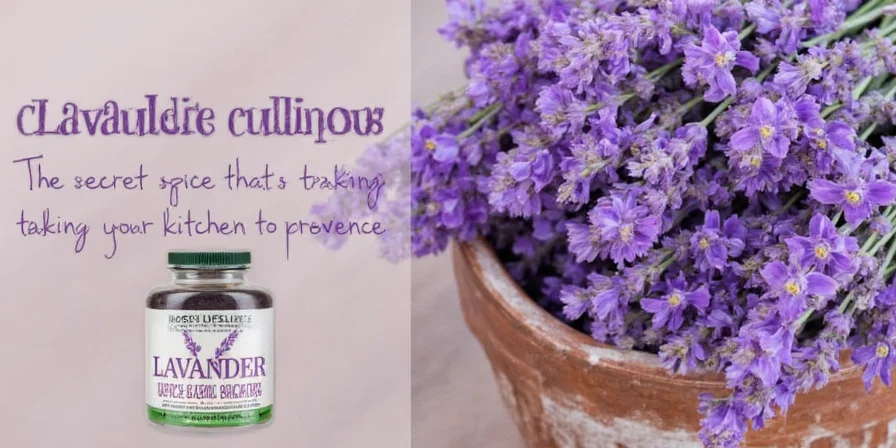
FAQs: Critical Questions Answered
Can I use lavender from my garden for cooking?
Only if positively identified as Lavandula angustifolia AND grown without pesticides. Most garden lavender is Lavandula x intermedia (high camphor) or treated with chemicals unsafe for consumption. When in doubt, buy certified culinary-grade lavender.
Why does my lavender recipe taste like soap?
This indicates either: 1) You used non-culinary lavender (excess camphor), 2) Used too much (never exceed 1 tsp per recipe), or 3) Boiled the lavender (releases bitter compounds). Start with 1/4 tsp of certified culinary lavender and avoid boiling.
How long does culinary lavender stay fresh?
Properly stored culinary lavender maintains peak flavor for 18-24 months. Store in an opaque airtight container away from light and heat. After 12 months, potency decreases significantly - refresh your supply annually for best results.
Which foods should never be paired with lavender?
Avoid using lavender in seafood dishes (clashes with oceanic notes), mushroom recipes (creates medicinal flavors), or soy-based dishes (amplifies bitterness). Its floral profile works best with citrus, honey, lamb, and dark chocolate.
Immediate Action Checklist:
- Verify you're using Lavandula angustifolia ONLY
- Start with 1/4 tsp per recipe (never guess)
- Always pair with lemon or honey to balance flavors
- Store in opaque container away from light
Follow these steps and you'll create lavender dishes that taste intentionally floral—not accidentally soapy.
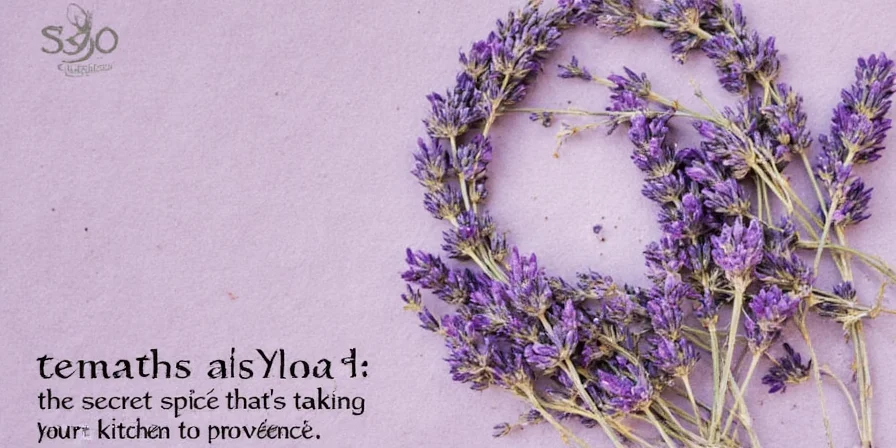











 浙公网安备
33010002000092号
浙公网安备
33010002000092号 浙B2-20120091-4
浙B2-20120091-4